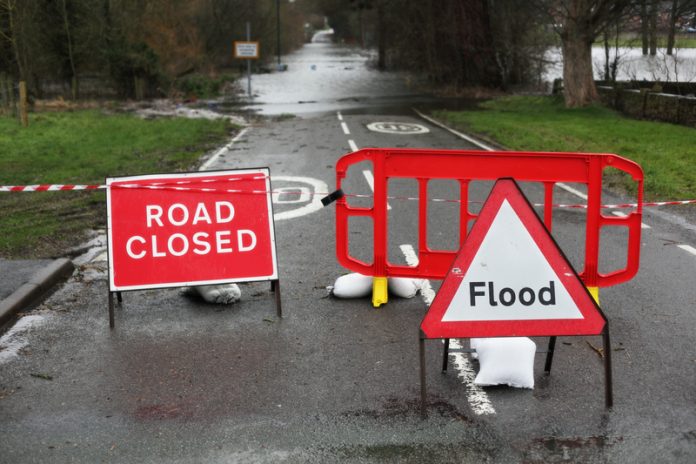Used proactively, technology can help local councils’ flood preparedness and resilience in a number of ways, as Intermedix’s Ian Carr describes
It is no secret that flooding has been a challenge that communities in the UK have faced time and again over the last few years. Ensuring their communities are protected and prepared, local councils bear the burden of disaster preparedness and resilience with reduced funding.
Despite the challenges of decreasing budgets, technology can provide a solution. By using a range of technologies both proactively and reactively, local councils can plan and execute responses to flooding that will save lives as well as money.
Communication tools during an emergency
In the midst of a crisis, emergency managers and public officials must quickly and efficiently communicate crucial, life-saving information to ensure the safety of residents. Communicating using social media outlets is now one of the most effective tools, posting concise and relevant information across the various social outlets.
Social media is becoming increasingly important between crisis events, as councils can encourage residents to stay updated with important information by following local weather advisors and emergency managers. Citizens can increasingly be kept updated in real-time using smartphone messaging apps like Facebook Messenger and WhatsApp, as a crisis develops. These services save precious seconds in their immediacy, enabling councils to better protect lives and property.
Finding shelters and planning ahead
When a flood occurs, the most important consideration for any council’s response is to ensure community members are safe in reception centres around the local area that can be activated immediately. These centres are often public buildings such as fire stations, libraries, schools or community centres. However, organising these can’t be left to the last minute. Technology such as incident management software needs to be used well in advance, to draw together crucial information such as the location of rescue centres to make sure that when the worst happens, councils are in possession of a clear, streamlined plan that includes all the variables. A comprehensive plan that is kept up to date and accessible is critical to properly coordinate and executing rescue efforts, ensuring residents are safe, accounted for and that resources are properly used.
When the general public may be looking for information, ensuring the locations of these receptions centres are available on a council’s website and other outlets is essential. By making sure that residents and emergency managers are familiar with shelter management processes and procedures, a flooding event can be handled with resilience and the best possible outcome.
Practice scenarios and mapping software
An effective way of ensuring an efficient and immediate response in the event of a real crisis such as flooding is to regularly run practice scenarios. These are designed to enable team members to work together, managing a response plan to a hypothetical emergency. It also helps team members become familiar with how incident management software can be used in the event of an emergency and allows emergency managers to check that the plan they have created will work.
Mapping software enables emergency managers to test various scenarios by adding or taking away different factors. Personnel, vehicle shifts, calls and hotspots, for example, are all factors that create situational variations. Emergency response teams can best prepare for any event if they understand exactly which resources are needed to deal with different crises. Mapping historical data for emergency vehicle locations and emergency calls from previous events can also help to better inform future emergency planning. Using mapping technology can help to identify faults in an emergency plan before a crisis like a flood unfolds.
Technology key to local councils’ flood preparedness
As we have seen increasingly over the past few years, flooding has become an unfortunately regular occurrence across the UK. Local councils are faced with a growing need to protect their communities and develop better disaster preparedness and resilience, as they endeavour to prevent damage to property and significant loss of life.
While it is not a one-stop solution, technology has a significant part to play in preparing for and alleviating the biggest problems brought on by flooding. By adopting these tools to effectively communicate with the general public, coordinate and manage resources like rescue centres, and support planning and preparation beforehand, councils can do more and go further in protecting their communities.
Ian Carr
VP EMEA











